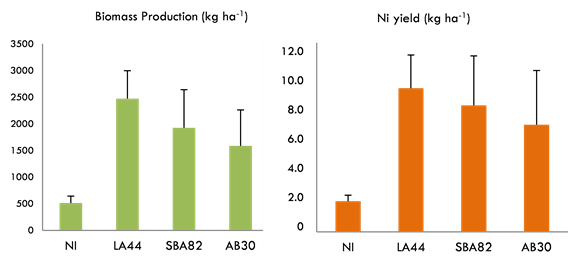Day 2 :
Keynote Forum
Bodoque J M
University of Castilla-La Mancha, Spain
Keynote: Restoring hydromorphological functionality to improve natural purification capacity of a heavily modified water body
Time : 09:00-09:30

Biography:
Abstract:
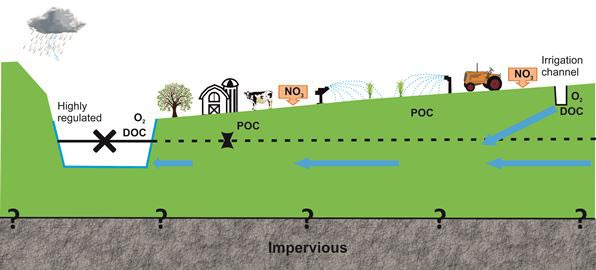
Keynote Forum
Irena Ymeti
University of Twente, The Netherlands
Keynote: Monitoring the effect of drying-wetting cycles on soil aggregate breakdown using SPECIM hyperspectral camera
Time : 09:30-10:00

Biography:
Abstract:
Keynote Forum
Emmanuel Mousset
Universite de Lorraine, France
Keynote: Advanced electrochemical treatments for soil remediation
Time : 12:20-13:05

Biography:
Abstract:

- Soil fertility
Location: Madrid, Spain

Chair
Bodoque J M
University of Castilla-La Mancha,Spain
Co-Chair
Nataliya P Kirillova
Moscow State University, Russia
Session Introduction
Margarida Arrobas
Polytechnic Institute of Bragança, Portugal
Title: Is the enrichment of organic fertilizers with nitrogen-fixing microorganisms effective in soils ubiquitous in these microbes?
Biography:
Abstract:
M Angelo Rodrigues
Polytechnic Institute of Bragança, Portugal
Title: Eighteen years of research on soil management systems in rainfed olive groves
Time : 15:05-15:30

Biography:
Abstract:
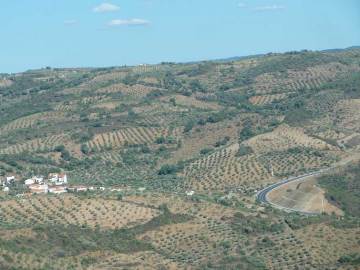
- Soil mechanics
Location: Madrid, Spain
Session Introduction
Kamel Bezih
Mostefa Ben Boulaid University, Algeria
Title: Deterministic and reliability analysis of RC bridges including soil-structure interaction
Time : 10:25-10:50

Biography:
Abstract:
Shaqour F
University of Jordan, Jordan
Title: Shear strength of naturally cemented calcrete soil compared to artificially cemented and un-cemented sand
Time : 11:30-11:55

Biography:
Abstract:
Erik R Christensen
University of Wisconsin–Milwaukee, USA
Title: Trace element data for surface soil and moss in Norway analyzed by PMF and PCA with optional CLR transformation
Time : 14:15-14:40

Biography:
Abstract:
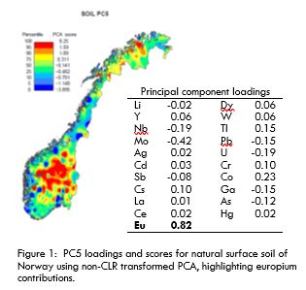
- Soil Microbiology
Location: Madrid, Spain
Session Introduction
Hui-zhen Qiu
Gansu Agricultural University, China
Title: Effects of continuous potato monoculture on microbial community diversities and taxa abundances in potato rhizosphere soil
Time : 11:05-11:30

Biography:
Abstract:
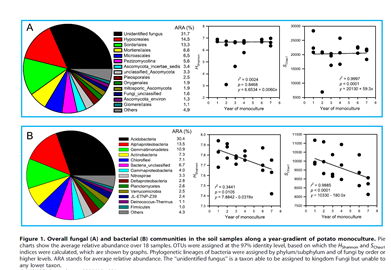
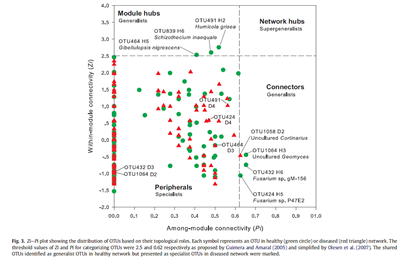
- Agronomy
Location: Madrid, Spain
Session Introduction
M Angelo Rodrigues
Polytechnic Institute of Bragança, Portugal
Title: Cover cropping in rainfed olive orchards
Time : 11:55-12:20

Biography:
M Ângelo Rodrigues has obtained his PhD degree in Edaphic and Environmental Sciences at the University of Trás-os-Montes and Alto Douro, Portugal in 2000. He has coordinated and/or participated in two dozen National and International research projects. He has published 130 scientific papers (31 in ISI/JCR journals), book chapters and technical reports. He has been Deputy Director of the School of Agriculture of IPB and President of the scientific committee of the Master’s program of Agroecology at the same institution. He was Vice-Coordinator of the Mountain Research Centre and Vice-Delegate of the Order of Engineers of the district of Bragança, Portugal.
Abstract:
Cover cropping has been advocated as a mean of reducing soil erosion and increasing soil organic matter and functional biodiversity. There are many other good reasons to establish a cover crop in an orchard since it can improve in several ways the physical, chemical and biological properties of a soil. However, herbaceous vegetation competes for resources. In intensive-managed orchards, without limitation of available water and nutrients, probably this is a minor problem. In rainfed orchards, to balance the potential beneficial effects of cover crops and their strong competition for resources in particular for available water is a great challenge. In this work, we report results from field trials from which we are proposing a model of intervention in rainfed managed orchards consisting of the use of very early maturing self-reseeding annual legumes as a cover crop. These plants are able to enrich the soil with nitrogen and to protect the soil all year round through a green cover of vegetation during autumn-spring and a mulch of dead material during summer. Experimental results also showed that nitrogen nutritional status of the olive trees and olive yields increased in comparison to a plot of natural vegetation fertilized with 60 kg N ha-1 yr-1.
- Soil Management
Location: Madrid, Spain
Session Introduction
Victor Scartezini Terra
University of Rio Verde, Brazil
Title: Development of a coupled model for air and water flow through unsaturated soils: Simulation of an axis-translation technique procedure
Biography:
Abstract:
- Edaphology
Location: Madrid, Spain
Session Introduction
Rodriguez-Buenfil I M
CIATEJ, Mexico
Title: Characterization of three types of soils from Yucatan Mexico and evaluation of their effect on the growth of habanero chili plants
Time : 14:40-15:05

Biography:
Abstract:
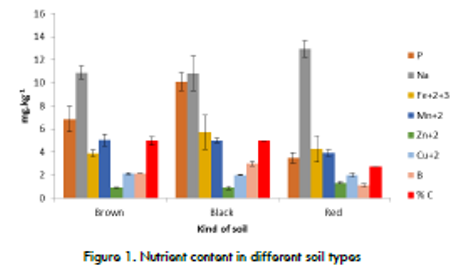
- Soil Pollution
Location: Madrid, Spain
Session Introduction
Tania Pardo
IIAG-CSIC, Spain
Title: Assessment of the use of bacterial inoculants for improving the agromining potential of Ni-hyperaccumulating plant species at field-scale
Time : 15:55-16:20

Biography:
Abstract:
The synergistic activity between plants and microorganisms may contribute to the implementation of soil management strategies in natural metal-enriched soils. Inoculation of plants with plant growth-promoting bacteria (PGPB) can induce beneficial effects on plant growth, health and resistance to stress, as well as increasing nutrient availability and changing metal solubility in soil. The present study aimed to assess the potential use of PGPB for improving the establishment and yield of the Ni-hyperaccumulating Mediterranean species Alyssum murale for agromining purposes at field scale. Experimental plots of 4 m2 were established in an ultramafic outcrop of Santiso (NW Spain) and seedlings of previously inoculated two-month-old A. murale were transplanted (4 plants m-2) in three replicate plots. The inoculation treatments included: (i) non-inoculated plants (NI); (ii) Arthrobacter sp. strain LA44; (iii) Arthrobacter sp. strain SBA82; and (iv) Variovorax paradoxus strain AB30 all originally isolated from rhizosphere of Ni hyperaccumulating plant species). After four months, soil pH and extractable-Ni concentrations were not modified by plants, but inoculated plants (especially LA44 and SBA82 strains) increased the soil CEC and water-soluble organic C content. The composition of soil bacterial communities of LA44- and SBA82-soils was like that of untreated soils, but the structure of AB30-soils was different to other soils. LA44 and SBA82 strains increased plant coverage and reduced the levels of some antioxidant enzymes activities compared to NI-plants (CAT and SOD). LA44 strain also enhanced aerial-biomass production of A. murale, obtaining a productivity 5-fold higher than NI-plants. All plants had similar Ni concentrations in their shoots (3.7-4.1 g kg-1), however the phytoextracted Ni per plant and Ni yield was significantly increased by LA44 and SBA82 strains. Therefore, the inoculation of A. murale with LA44 and SBA82 strains improved the agromining success without modifying the structure of soil bacterial communities, and shows the potential of PGPBs in agromining systems.
